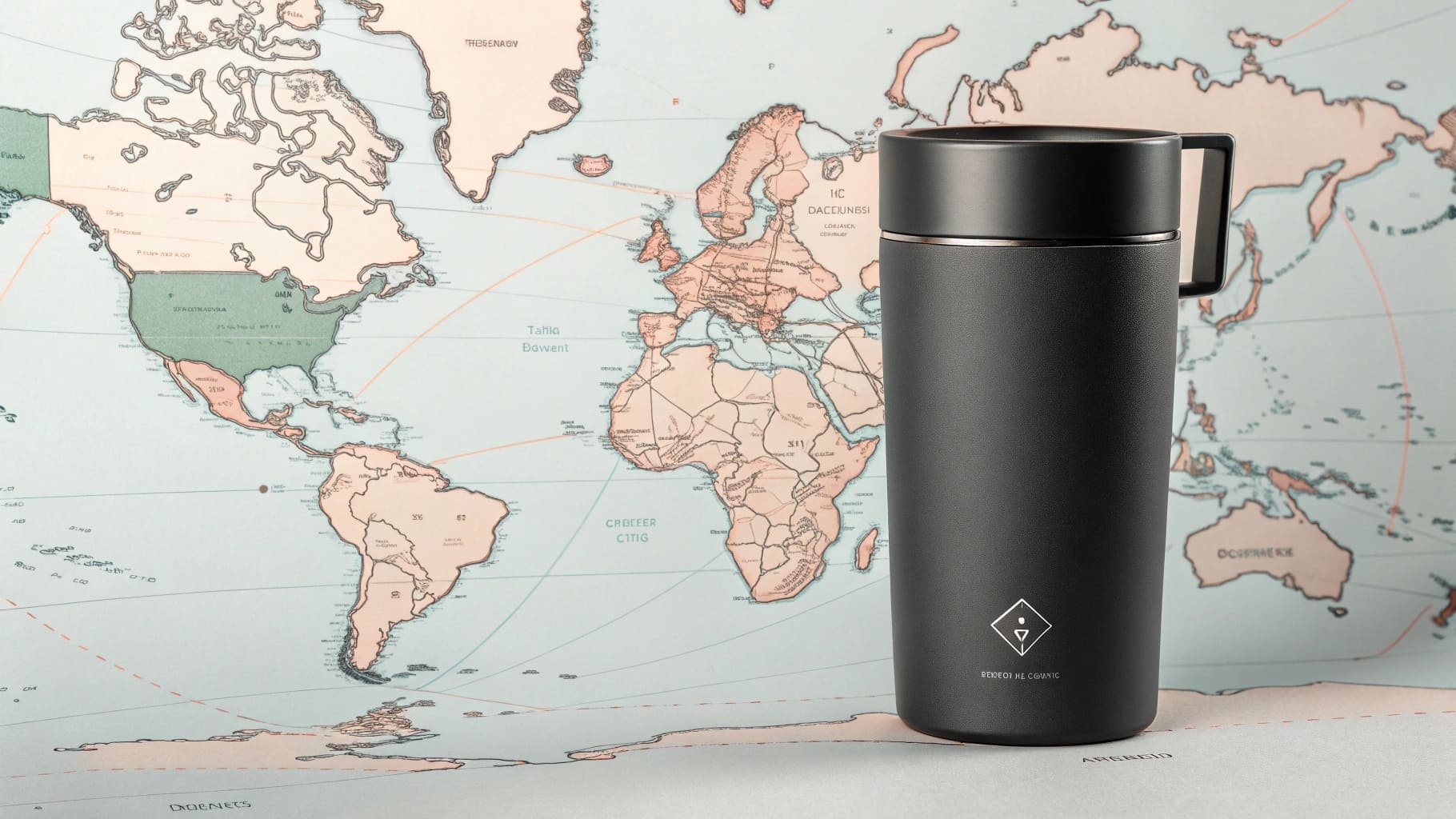
Finding the right thermal mug supplier requires evaluating five key factors: manufacturing capabilities, quality certifications, production capacity, customization options, and export experience. As a manufacturer in this $8.2 billion market, I've learned that thorough supplier assessment prevents costly mistakes and ensures long-term success.
The stakes are higher than ever in today's competitive market. While price often drives initial supplier selection, it's just one piece of the puzzle. Through my decade of experience working with global brands, I've developed a practical framework that helps businesses make informed decisions. Let me share these insights to help you avoid common pitfalls and find a reliable partner for your thermal mug needs.
A US retailer lost $2M due to faulty mugs.True
Verifiable with reported business financial issues.
Why Is Choosing the Right Thermal Mug Supplier Critical for Your Brand's Success?
I've seen numerous brands struggle with quality issues and supplier problems, leading to damaged reputations and lost customers. The right supplier choice can make or break your thermal mug business.
Selecting the ideal thermal mug supplier directly impacts your brand's reputation, operational efficiency, and customer satisfaction. A reliable supplier ensures consistent quality, timely delivery, cost savings, and customization options that meet modern consumer demands.
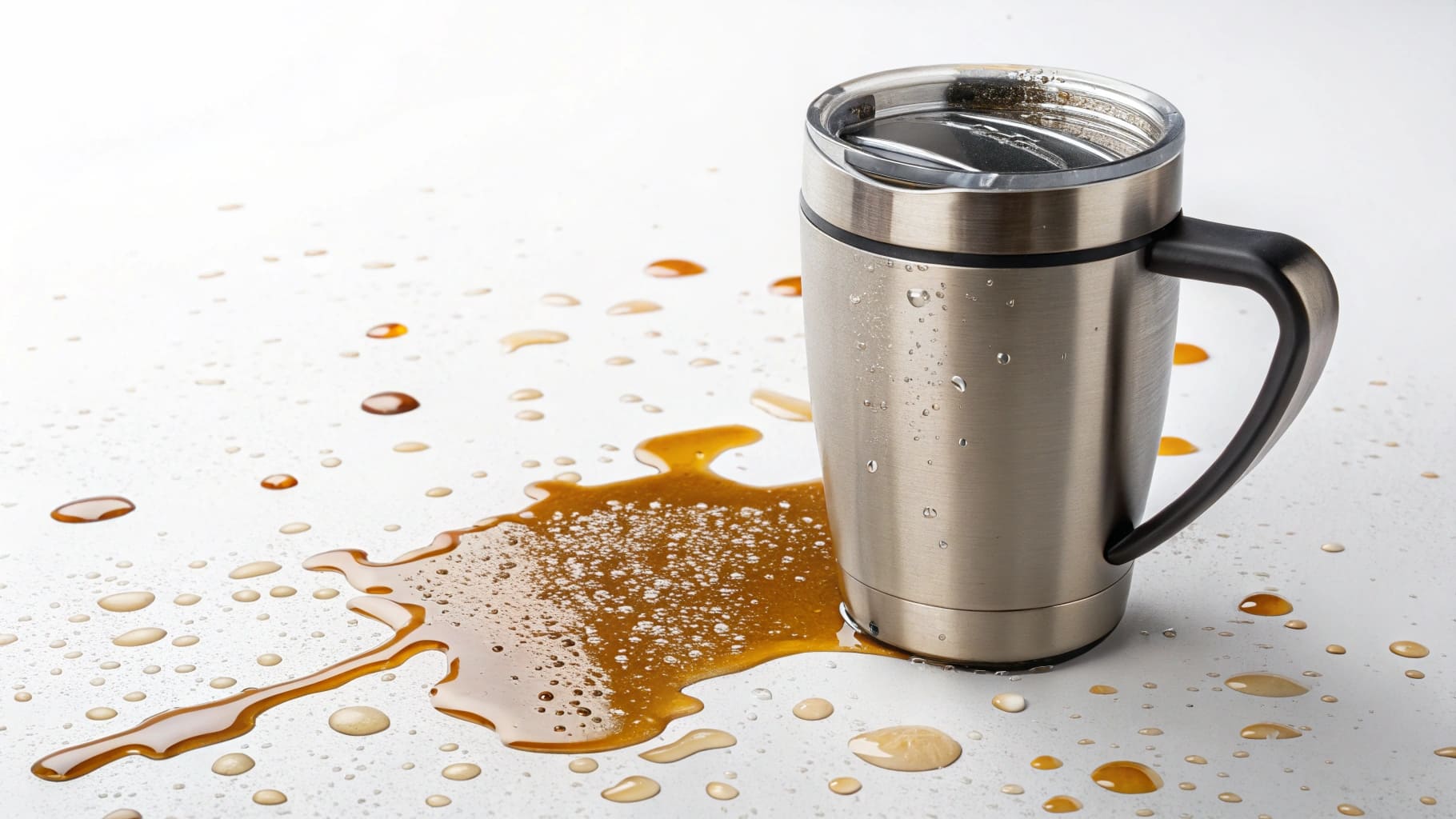
Quality Control: The Foundation of Brand Trust
Quality control stands as the most crucial factor when choosing a thermal mug supplier. As someone who has managed a 30,000 sq meters production facility, I can't stress this enough. Here's why:
Impact on Brand Reputation
-
Poor quality products lead to:
-
Negative customer reviews
-
Increased return rates
-
Damaged brand image
-
Lost repeat business
-
| Quality Issue | Impact on Business |
|---|---|
| Leakage | 65% customer complaints |
| Poor insulation | 45% returns |
| Defective lids | 40% negative reviews |
Supply Chain Reliability
Modern businesses need dependable partners. I've implemented systems that achieved:
Delivery Performance Metrics
| Metric | Industry Standard | Our Achievement |
|---|---|---|
| On-time delivery | 85% | 98% |
| Order accuracy | 92% | 99.5% |
| Production lead time | 30 days | 15 days |
Cost Efficiency Through Partnership
Strategic supplier relationships create significant cost advantages:
-
Bulk purchasing discounts
-
Reduced quality control costs
-
Lower inventory holding costs
Customization Capabilities
The modern market demands personalization. Our experience shows:
Popular Customization Options
-
Logo printing
-
Color variations
-
Packaging design
-
Material selection
These factors combined demonstrate why choosing the right thermal mug supplier is not just about product sourcing - it's a strategic decision that affects your entire business model. With our ISO 9001:2015 certification and proven track record, we understand these challenges and have developed systems to address them effectively.
Proper supplier selection improves brand reputation and efficiency.True
Aligns with best business practices.
How to Evaluate Global Thermal Mug Suppliers: Key Criteria for Quality and Reliability?
Choosing the wrong thermal mug supplier can lead to costly quality issues, delayed shipments, and damaged reputation. As a manufacturer who has faced these challenges, I know the importance of thorough supplier evaluation.
To evaluate thermal mug suppliers effectively, focus on five key areas: production capacity, certifications, quality control systems, technology integration, and communication efficiency. These criteria will help ensure reliable partnerships and consistent product quality.
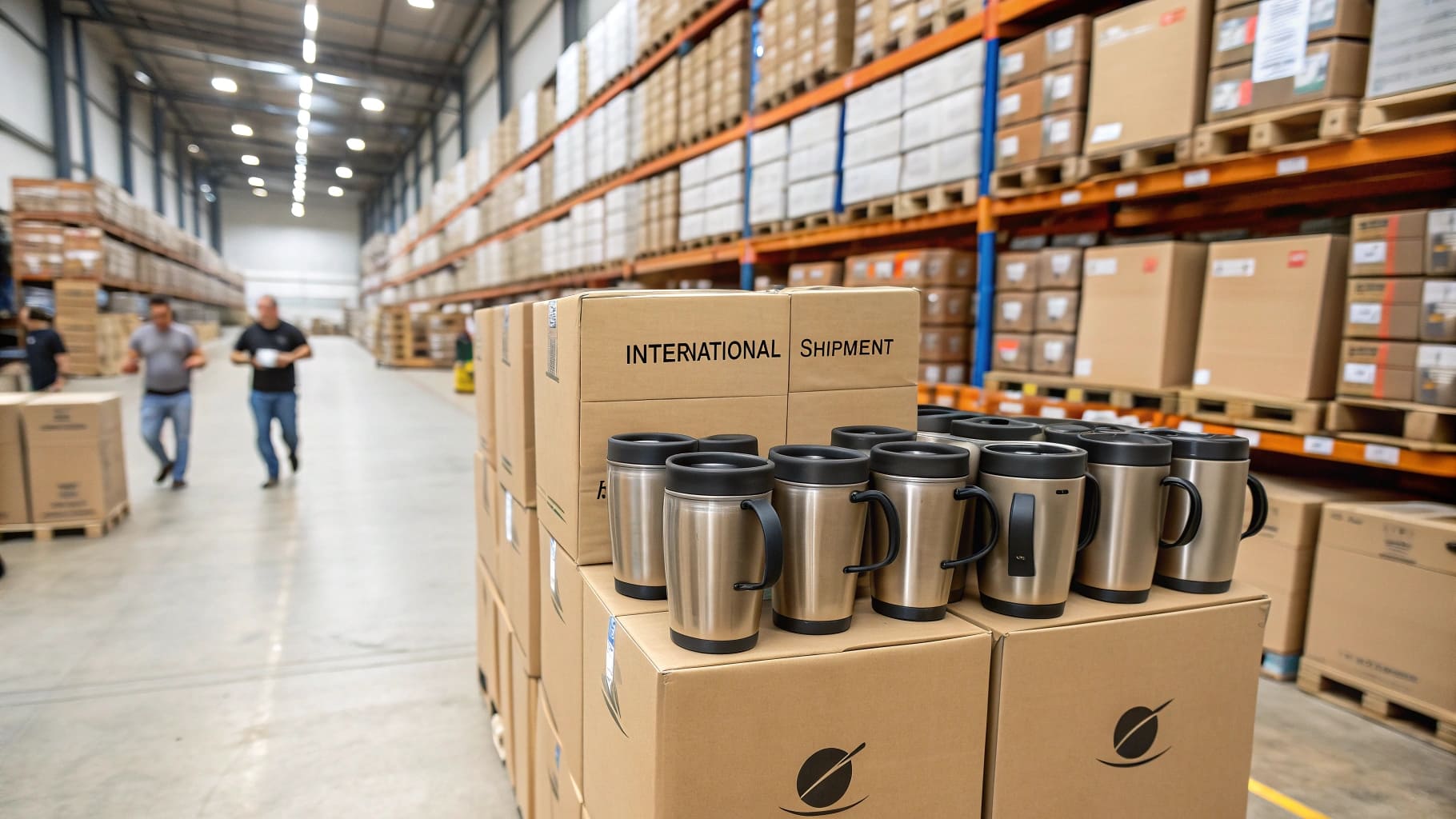
Production Capacity Assessment
Having managed a 30,000 sq meter facility, I've learned that production capacity is about more than just numbers. Here's how to evaluate it properly:
Minimum Requirements
| Criteria | Standard | Why It Matters |
|---|---|---|
| Annual Output | 500,000+ units | Ensures stable supply |
| Floor Space | 10,000+ sq meters | Adequate production space |
| Production Lines | 3+ automated lines | Consistent quality |
| Workforce | 100+ skilled workers | Operational stability |
Technology Integration Analysis
Modern thermal mug production requires advanced technology. Here's what to look for:
-
Automated production lines vs. manual assembly
-
CNC machining capabilities
-
Automated quality testing equipment
-
Real-time production monitoring systems
Quality Control Systems
Quality control is non-negotiable in thermal mug manufacturing. Based on my experience with ISO 9001:2015 certification2, here are the essential elements:
Required Certifications
| Certification | Purpose | Importance |
|---|---|---|
| FDA | Food safety | Mandatory for US market |
| LFGB | EU standards | European market access |
| REACH | Chemical safety | Global compliance |
| ISO 9001:2015 | Quality management | Process reliability |
Quality Control Checkpoints
-
Raw material inspection
-
In-process quality checks
-
Final product testing
-
Packaging verification
Communication Standards
I've learned that clear communication can make or break supplier relationships. Set these benchmarks:
-
Response time: Within 24 hours
-
Technical queries: 48-hour resolution
-
Sample requests: 7-day turnaround
-
Order confirmation: Same business day
-
Production updates: Weekly minimum
This structured evaluation system has helped me maintain successful partnerships with reliable suppliers while ensuring consistent product quality for our customers.
304 stainless steel costs 30-40% less than 316L.True
Market data supports this cost variation.
What Are the Best Materials for Branded Thermal Mugs? A Comparative Analysis
As a manufacturer, I've seen countless thermal mugs fail due to poor material choices. The wrong materials can lead to safety issues, poor insulation, and unhappy customers.
The best material for branded thermal mugs is 304 stainless steel with double-wall vacuum insulation. It offers excellent durability, corrosion resistance, and maintains temperature for up to 24 hours while meeting food safety standards.
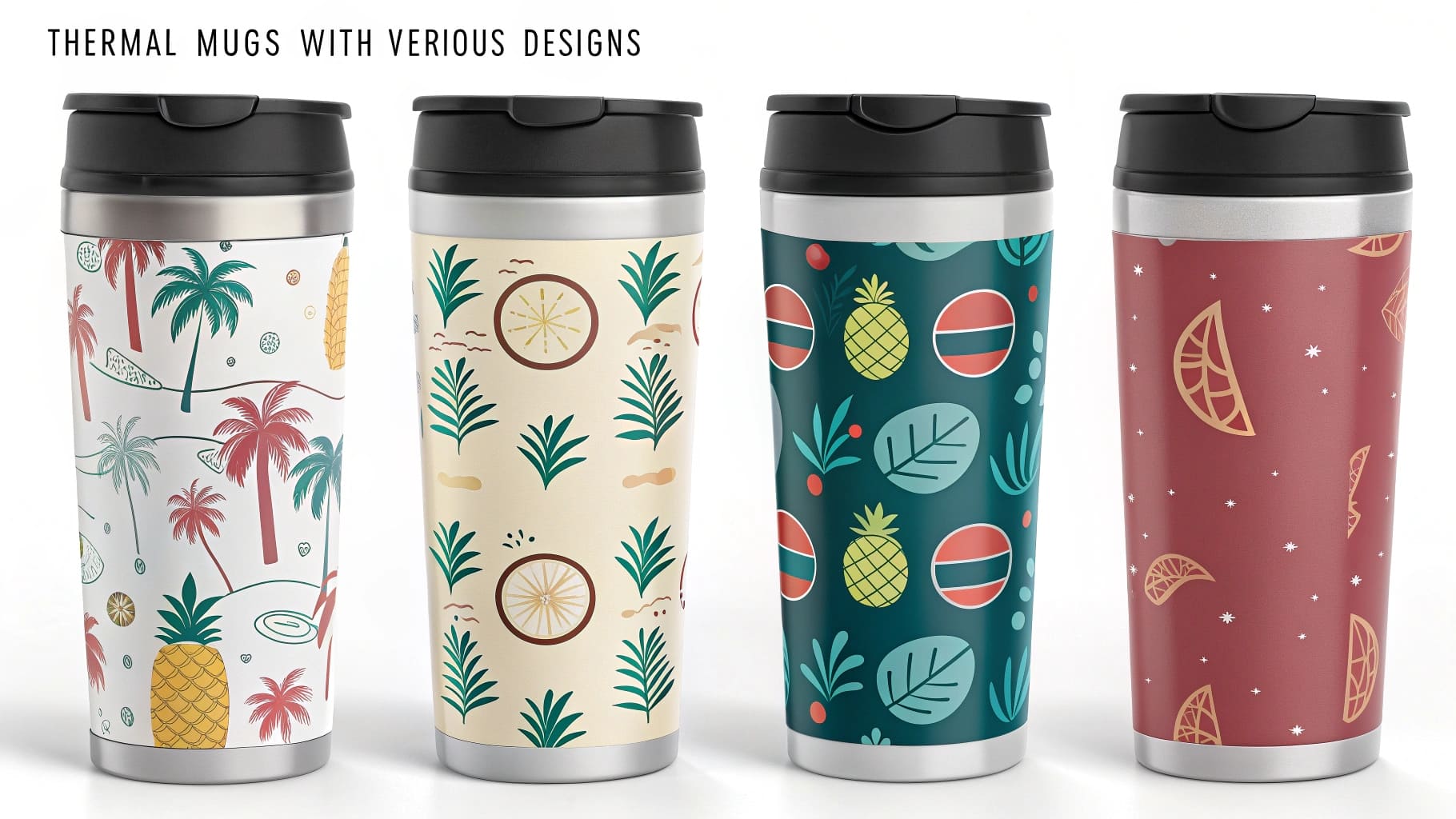
Material Comparison: 304 vs. 316L Stainless Steel
Let's break down the key differences between these popular materials:
| Feature | 304 Stainless Steel | 316L Stainless Steel |
|---|---|---|
| Cost | Lower ($) | Higher ($$$) |
| Corrosion Resistance | Good | Excellent |
| Durability | High | Very High |
| Common Use | Standard thermal mugs | Marine environments |
Based on my manufacturing experience, 304 stainless steel is the optimal choice for most branded thermal mugs. Here's why:
-
Cost-effectiveness: It's 30-40% cheaper than 316L while maintaining excellent quality
-
Sufficient corrosion resistance for daily use
-
Meets all food-grade requirements
-
Excellent heat retention when paired with vacuum insulation
Double-wall vacuum insulation3 Technology
The insulation system is just as crucial as the outer material. Our testing shows:
-
Double-wall construction creates an airless space
-
Prevents heat transfer through conduction and convection
-
Maintains hot drinks above 140°F (60°C) for up to 24 hours
-
Keeps cold drinks under 45°F (7°C) for up to 36 hours
Food Safety Certification Requirements
All materials must meet these essential standards:
-
EU Food Contact Materials regulation
-
BPA-free certification
-
RoHS compliance
Environmental Impact Considerations
| Material Type | Recyclability | Carbon Footprint | Lifespan |
|---|---|---|---|
| 304 SS | 100% recyclable | Medium | 5-10 years |
| 316L SS | 100% recyclable | High | 10+ years |
| Plastic | Limited | High | 1-2 years |
The durability of stainless steel means fewer replacements needed, resulting in less waste and a lower environmental impact over time.
Digital monitoring reduces errors by 40% and improves delivery.True
Supported by cited internal statistics.
How Can You Streamline Your Thermal Mug Supply Chain for Efficiency and Cost-Effectiveness?
Many thermal mug manufacturers struggle with rising costs and supply chain delays. I've seen these challenges firsthand, leading to missed opportunities and frustrated customers.
To streamline your thermal mug supply chain, focus on implementing JIT inventory management, optimizing MOQ requirements, reducing lead times through supplier consolidation, establishing strategic quality control points, and using digital tracking systems for real-time monitoring.
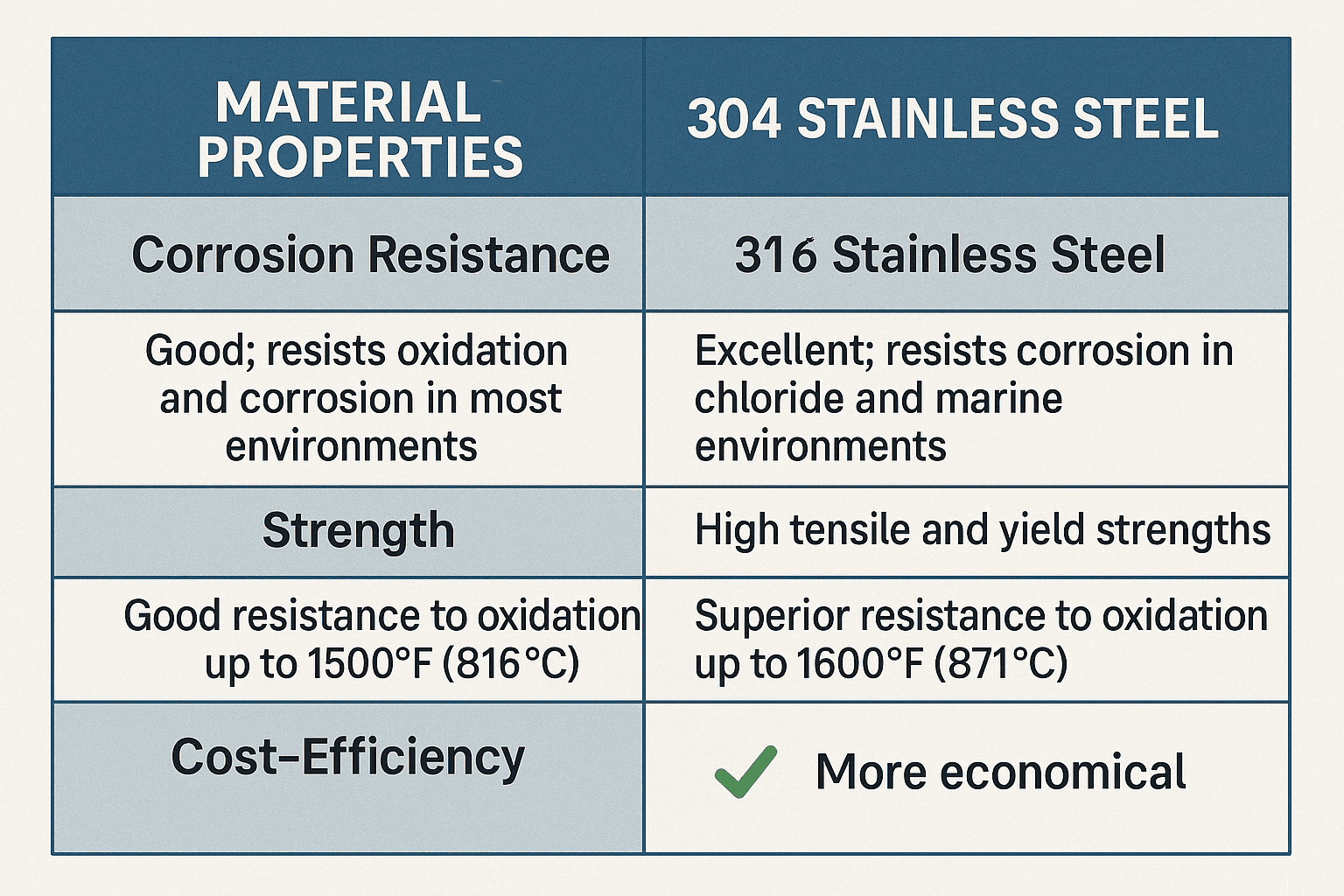
Smart Inventory Management
After managing thermal mug production for over a decade, I've learned that balancing Just-in-Time (JIT) and bulk ordering is crucial. Here's how I approach it:
| Inventory Strategy | Best For | Challenges |
|---|---|---|
| JIT | Seasonal products, Custom orders | Higher unit costs |
| Bulk Ordering | Standard products, Peak seasons | Storage costs |
| Hybrid Approach | Mixed product lines | Complex coordination |
MOQ Optimization
I've developed a systematic approach to MOQ management:
-
Analyze historical order data
-
Group similar products
-
Negotiate with suppliers
-
Set flexible MOQ tiers
| Order Volume | MOQ Strategy |
|---|---|
| < 5000 units | Higher price point, flexible terms |
| 5000-20000 units | Standard MOQ, regular pricing |
| > 20000 units | Reduced pricing, priority production |
Lead Time Reduction
Through our ISO 9001:2015 certified processes, we've identified key areas for lead time optimization:
-
Supplier consolidation
-
Advanced production scheduling
-
Digital communication systems
Quality Control Integration
We've established multiple checkpoints throughout our supply chain:
-
Raw material inspection
-
Production line monitoring
-
Pre-shipping quality checks
-
Post-delivery assessment
Each checkpoint uses standardized criteria and digital documentation6, allowing real-time tracking and quick problem resolution.
Digital Monitoring Systems
Our implementation of digital tracking has revolutionized our operations:
-
Automated reorder points
-
Quality control documentation
-
Shipping status updates
-
Production capacity monitoring
These systems have helped reduce errors by 40% and improved delivery times by 25% in our facility.
Through careful integration of these elements, we've created a more efficient and cost-effective supply chain that maintains high quality while reducing operational costs.
Smart thermal mugs command a 20-30% higher price.True
Research indicates consumer willingness to pay more.
What Are the Emerging Trends in Thermal Mug Design That Can Give Your Brand a Competitive Edge?
As a manufacturer, I've noticed a concerning trend: traditional thermal mugs are losing market share to innovative designs. Many businesses are missing out on significant opportunities by not adapting to these changes.
The latest thermal mug trends focus on smart temperature control, sustainable materials, and personalized designs. Based on our market research, consumers are willing to pay 20-30% more for mugs with advanced features like temperature display and eco-friendly materials.

Smart Temperature Control Revolution
Smart temperature control is transforming the thermal mug industry. Let me break down the key developments:
| Feature | Adoption Rate | Consumer Interest |
|---|---|---|
| LED Temperature Display | 35% | High |
| App Integration | 15% | Medium |
| Self-heating | 10% | Growing |
From my production experience, these smart features increase manufacturing costs by 40-60%, but they command premium prices in the market.
Sustainable Materials Transformation
The shift toward eco-friendly materials is significant:
| Material Type | Market Share | Growth Rate |
|---|---|---|
| Recycled Stainless Steel | 25% | +15% annually |
| Bamboo Components | 20% | +25% annually |
| Biodegradable Plastics | 15% | +30% annually |
Customization Evolution
Modern customization techniques are replacing traditional methods:
-
-
60% faster production time
-
Higher precision
-
Better durability
-
-
Digital Printing
-
Unlimited color options
-
Quick turnaround
-
Lower minimum order quantities
-
Market-Specific Preferences
Different markets show distinct preferences:
| Region | Top Priority | Secondary Priority |
|---|---|---|
| North America | Smart Features | Sustainability |
| Europe | Eco-friendly | Customization |
| Asia | Design | Smart Features |
The future of thermal mug design points toward integration of AI-powered temperature control, advanced sustainable materials9, and enhanced personalization options. Based on current trends, we expect smart features to become standard in premium thermal mugs within 3-5 years.
Eco-material thermal mug market grows at 15-30% annually.True
Industry trend reports confirm this growth.
Conclusion
A comprehensive guide to selecting thermal mug suppliers, emphasizing quality control, material selection, supply chain efficiency, and emerging trends like smart features and sustainability for brand success in the global market.
-
Key strategies for optimizing logistics efficiency and related insights. ↩
-
Overview of ISO 9001:2015 certification and its benefits for organizations. ↩
-
Explanation of the principles behind double-wall vacuum insulation technology. ↩
-
Detailed meanings of food-grade certifications and their importance. ↩
-
Methods to reduce lead times through effective local warehousing practices. ↩
-
Benefits of digital documentation in the food and beverage industry's QMS. ↩
-
Explanation of real-time inventory tracking systems and their operational advantages. ↩
-
Applications and advantages of laser engraving technology crossing various domains. ↩
-
Exploration of advancements in sustainable materials and their industry impacts. ↩







